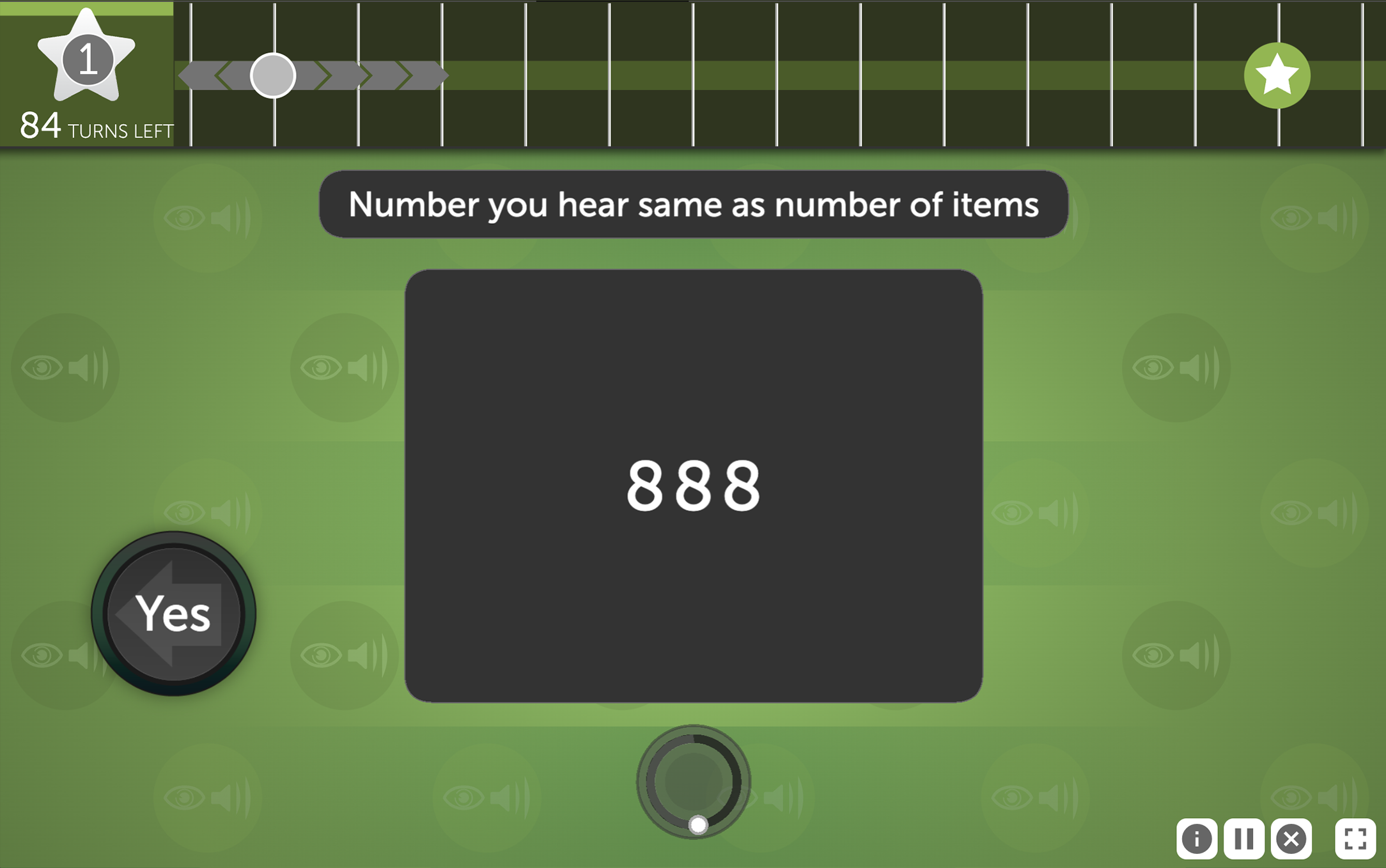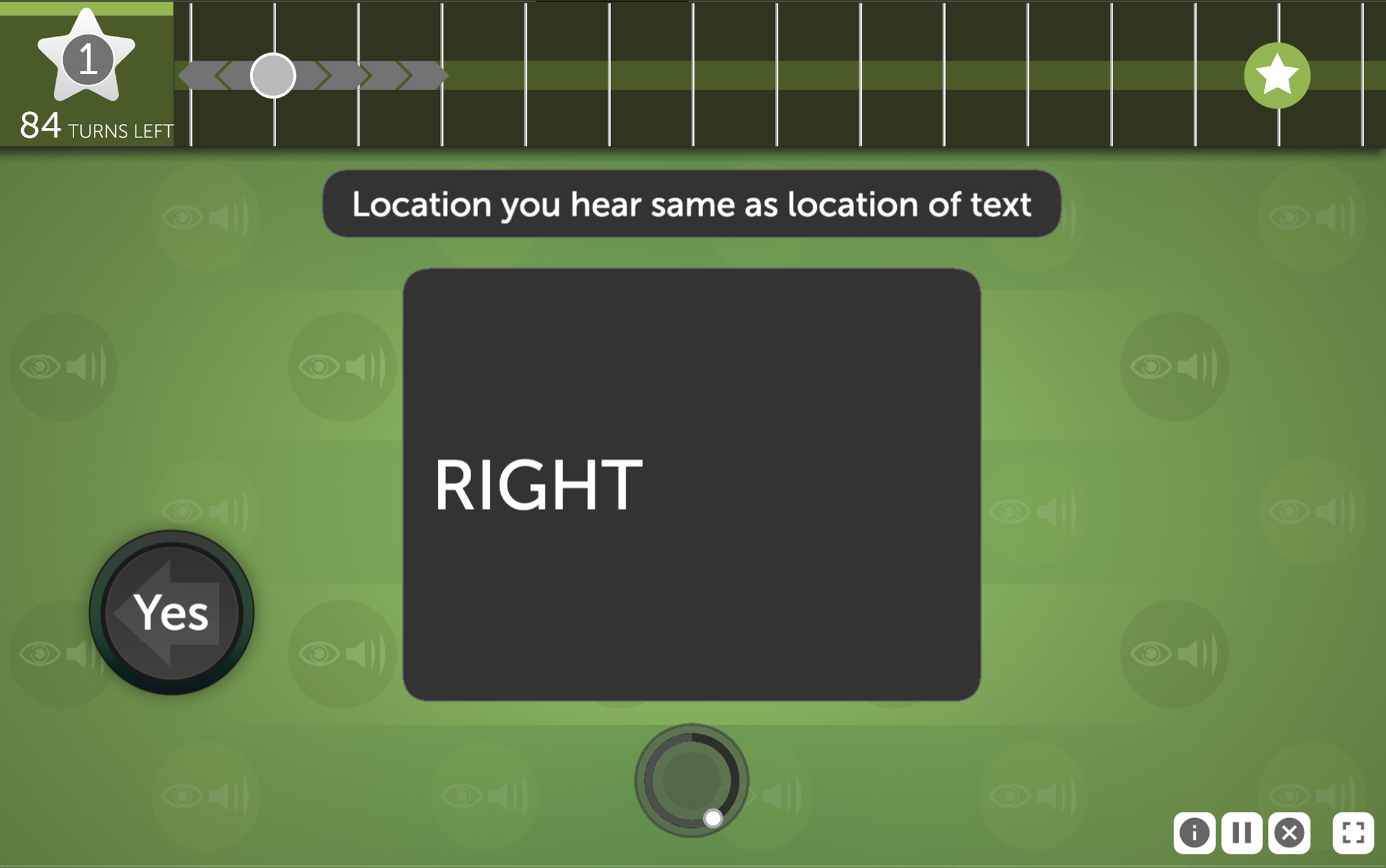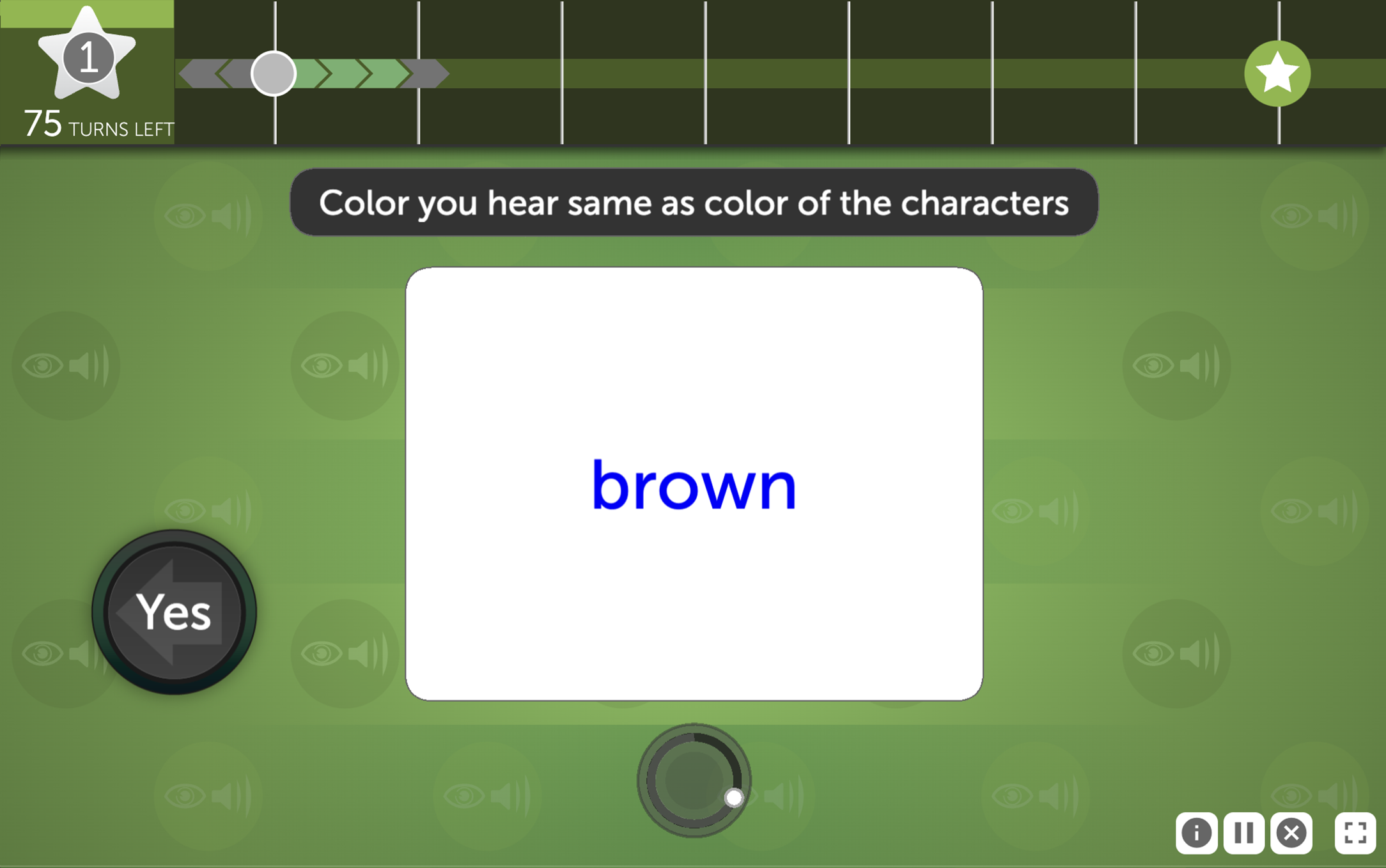 Attention plays a remarkable role in the brain. When you pay close attention to something, your brain actually releases more acetylcholine and other chemicals. These chemicals boost your brain’s ability to learn and remember by amplifying the signals that are sent from one brain cell to another.
Attention plays a remarkable role in the brain. When you pay close attention to something, your brain actually releases more acetylcholine and other chemicals. These chemicals boost your brain’s ability to learn and remember by amplifying the signals that are sent from one brain cell to another.
But controlling your attention so you focus on what’s important is only half the brain’s job. It’s equally important for your brain to learn to ignore what doesn’t matter. If the brain weren’t highly selective about what was important to remember or learn, chaos would reign! Just think of what would happen to your brain maps if they recorded everything you heard, saw, felt, thought and did with equal clarity. In that case, the representation of your rear end would be gigantic in your brain because you spend so much time every day sitting down! If everything you heard, saw and felt was accurately and equally recorded, your brain map would be a hopeless, unintelligible mess.
This relationship between attention and memory is why training the brain to focus attention on what matters—and ignore what isn’t—is so important in any brain fitness regimen.
Mixed Signals challenges your brain to home in on certain information, while ignoring competing information. It does so by requiring you to listen to a number, letter, color, or other piece of information while looking at a set of numbers, symbols, letters, words, or other information. If what you hear matches what you see in a particular way, you respond. If not, you don’t. For example, you might see “aaiaa” on screen, and be required to respond if what you hear matches the middle letter, in this case, “i.” If you hear “a” or another letter, you don’t respond. This type of training, where what you see and hear sometimes compete and you must control your attention very quickly, is called a Stroop task.
In this way, Mixed Signal challenges you to learn to control your attention very quickly, even when your brain is distracted by competing information.



